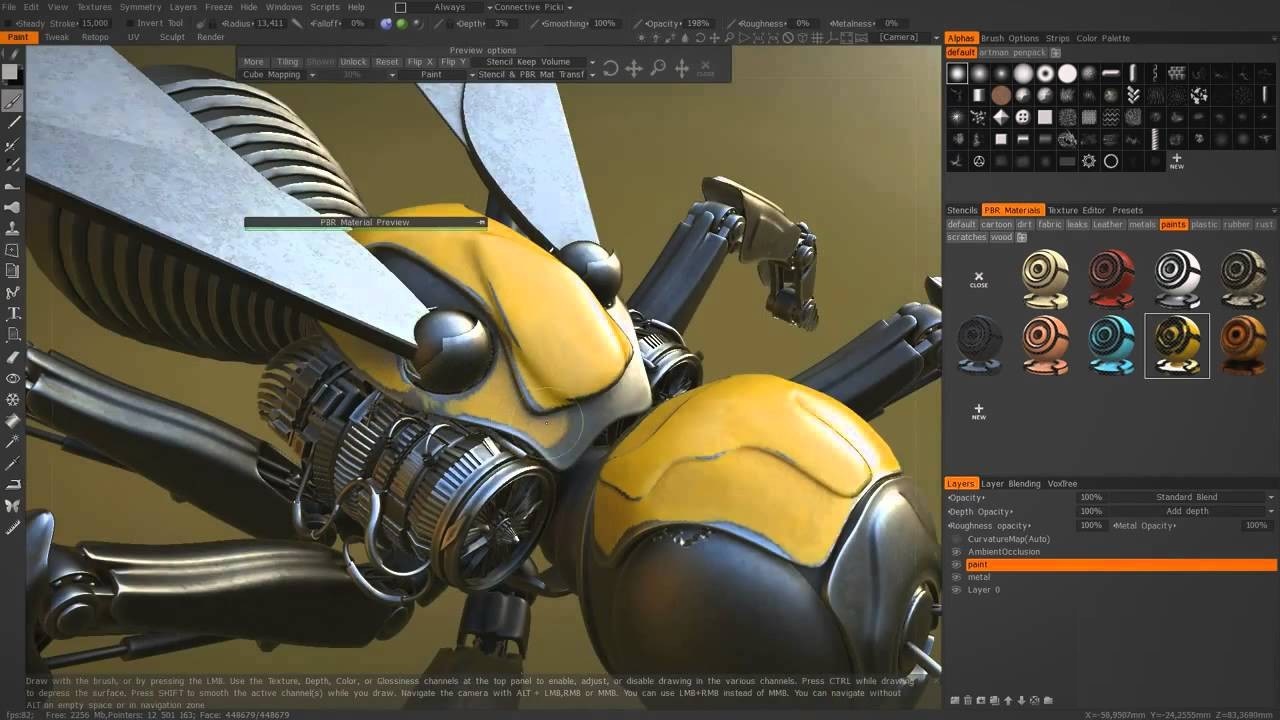
When you first open the program, you are presented with several possible rooms to work in (sculpting, voxel sculpting, UV and retopology are just a few). Once installed, the interface is slightly daunting with lots of shelves and icons, but once you become familiar with the 3DCoat workflow, it all makes sense and is quite intuitive.ģD-Coat uses the idea of rooms for doing things in the application (similar to Poser). Installation and set up for 3D-Coat 4.7 is simple and easy.
New Primitives Added: screws, spirals, etc with rich Options set. New low-poly modeling Retopo Tools: Cut and Connect, Extrude faces, extrude vertices, Intrude, Shell. It is applied to stencils, materials, brushes, text, curved pictures. Anti-aliased painting introduced everywhere: Vertex Painting, PPP, MV, Ptex. It helps to adopt 3D-Coats texture export for any render or game engine. It allows to pack many channels into one texture in custom way. Multiple maps Baking, including AO, SSS. GGX exact support means compatibility with most of current game and render engines. PicMat-s are also present but it is not guaranteed that they will be baked correctly, so use them only on intermediate stage. All PBR shaders effects (except pseudo SSS effect) are exactly baked into paint room. Very good support of cavity and bulge is present in realtime. Each shader has rich set of parameters, including different textures, SSS, Gloss, Metalness, Cavity and Bulge settings. Almost all Voxel Shaders are PBR compatible now. 
At this point, let's look at a fuller list of what's new in 3D-Coat 4.7 I recently had a chance to work with the newest version of 3D-Coat (version 4.7) which adds, among many other new additions, a Physically Based Shader (PBR) and some great new low-poly modeling Retopology tools.





 0 kommentar(er)
0 kommentar(er)
